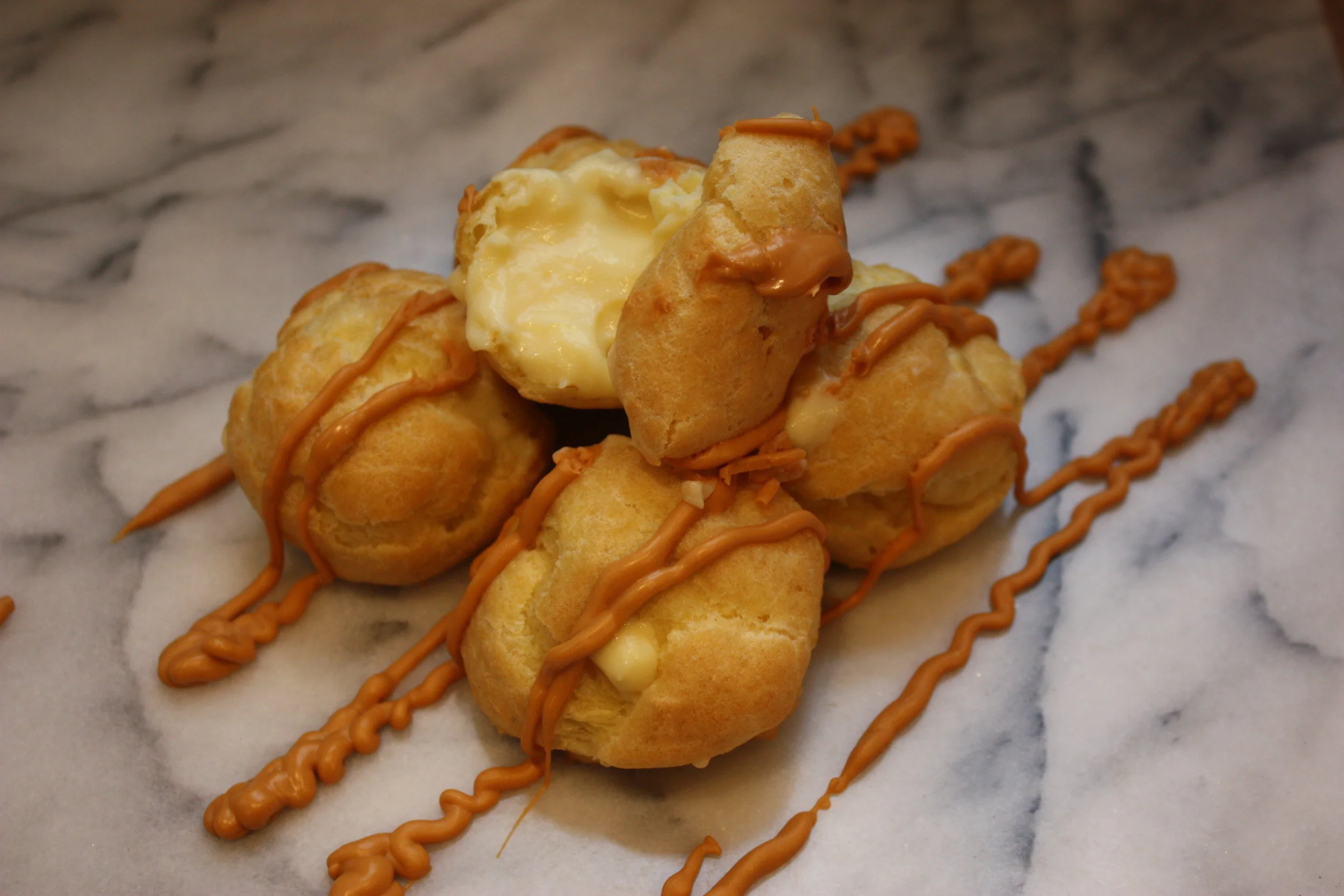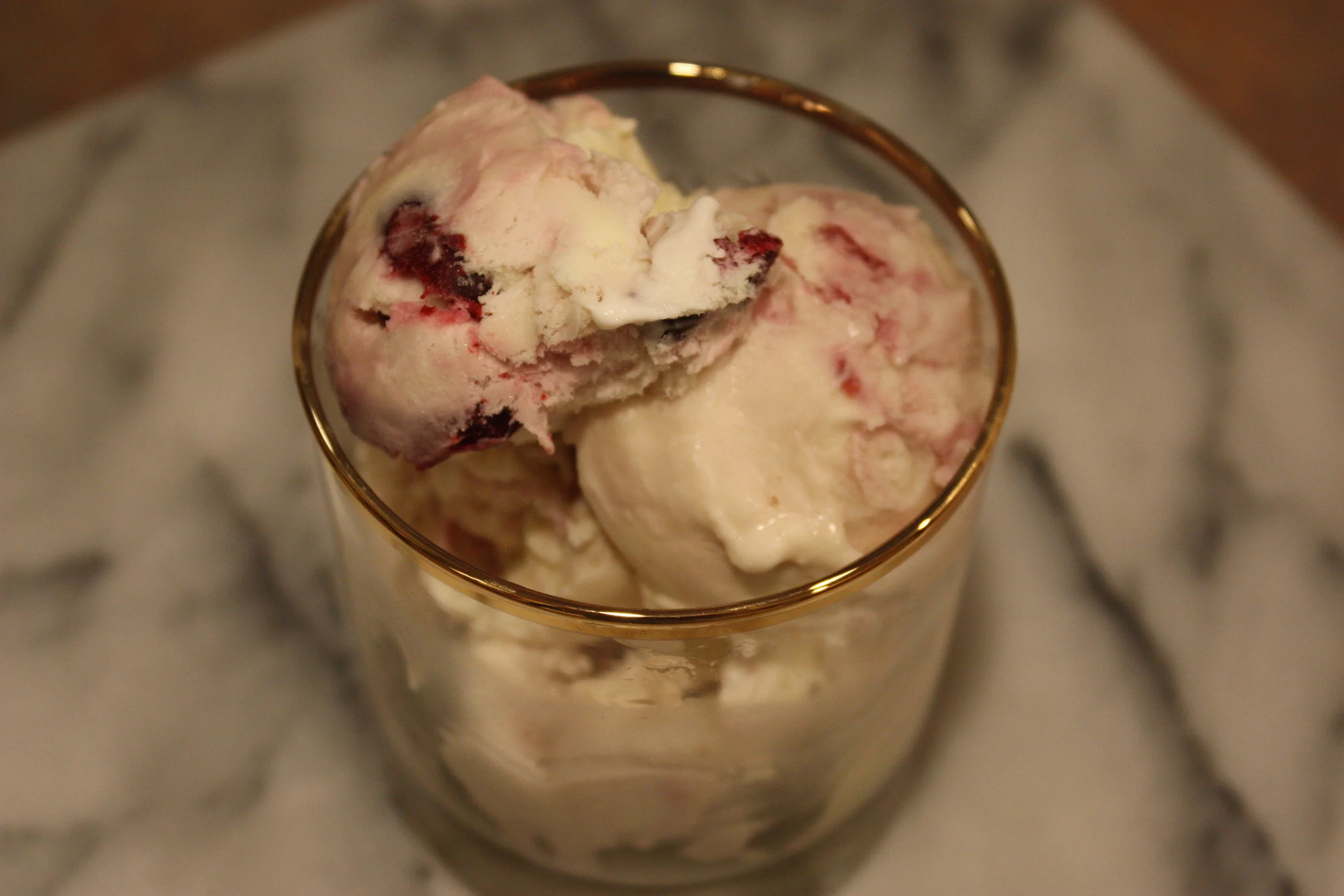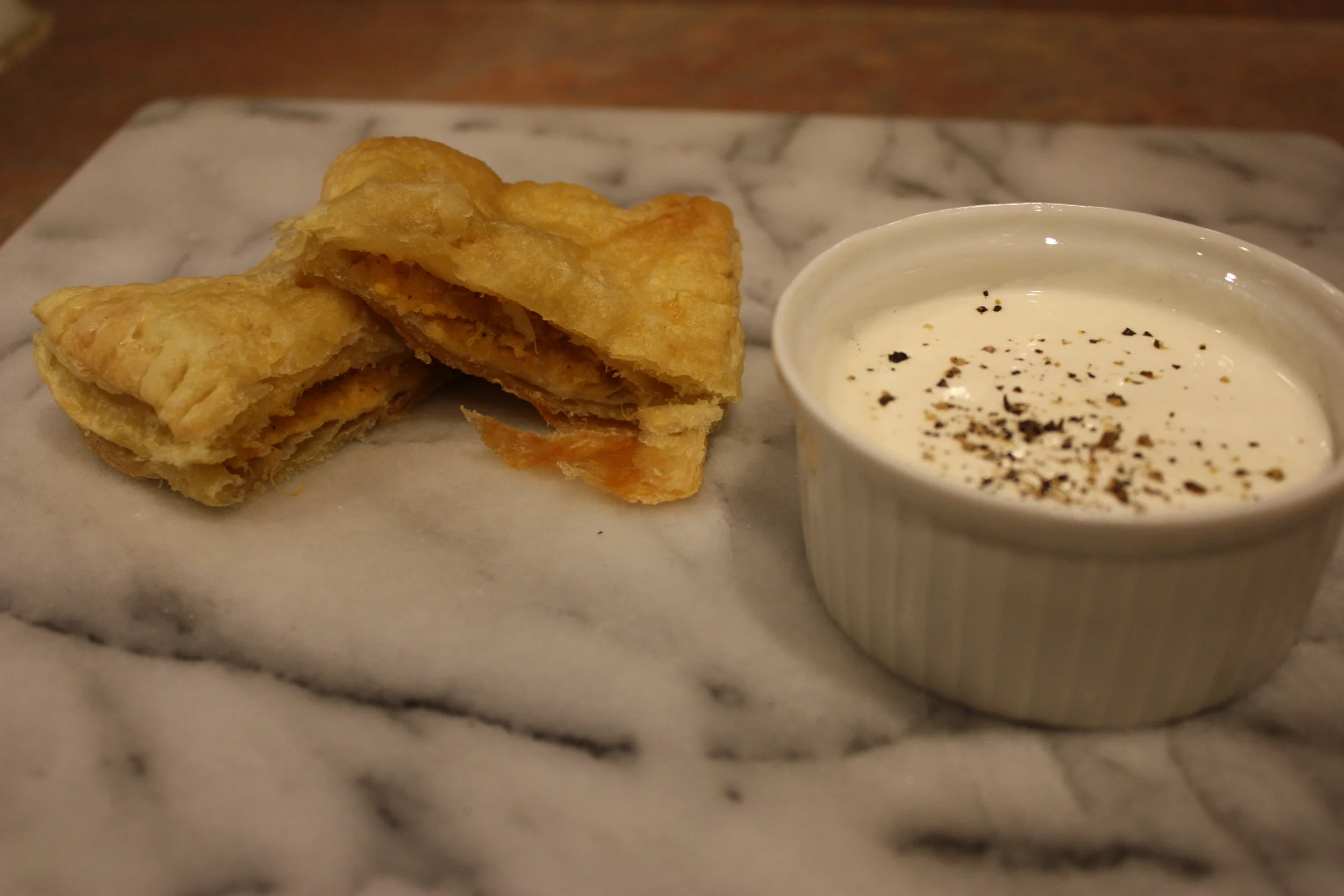Quilting Cream Puffs

“after some days, towards evening,
He stood under a brackish sky
trembling and blaming creation.
but the grass knew that what is built
is finally built for others...”
I love this collection. I read it for the first time in my third year of college, and it was one of the collections that made me sit back and say, “you know what? Poetry is actually really awesome.” So it’s always going to have a special place in my heart.
Because the poems are so short (usually), I wanted to make something bite-sized. Something to represent all of the little fables and musings and realizations.
The book may look light, but the poems in it are heavier than you would think.
The poems talk about drugs: “white lady” is about cocaine (14). They talk about religion: “what the grass knew” and “the birth of language” both reference Adam and Eve (28 & 30).
She talks about the passage of time in “we are running” (28).
She talks about slavery in several poems.
About being a woman, having her period, not having her period.
About cancer.
After I thought about it, I knew exactly what I had to make.
Something that’s light, but filled with something that weighs it down.
Something that’s a bit more complicated to make, even if it looks so very simple.
Cream puffs with a custard center.
Vanilla Pastry Cream
-3 c whole milk
-9 tbsp white sugar
-a pinch of salt
-4 tbsp cornstarch
-1 1/2 tsp vanilla extract
-5 large egg yolks (psst… you should save the egg whites)
-1 egg
-4 1/2 tbsp unsalted butter, room temperature
1. Mix the sugar, yolks, egg, cornstarch, and salt in a small heat-safe bowl.
2. Add the vanilla and stir until it’s smooth.
3. In a medium-sized saucepan, heat the milk on medium-high heat. As soon as it just starts to boil, remove it from the heat. This step is important! If you let the milk boil, it’ll develop a skin, burn, and taste disgusting. So watch it carefully!
4. SLOWLY spoon half of the milk into the egg mixture, whisking the entire time. This is also really important: if you aren’t careful, the milk will cook the eggs and you’ll end up with scrambled vanilla eggs instead of pastry cream.
5. Once the eggs have been tempered/are hot, pour them into the rest of the milk and put it back over medium-heat, whisking the whole time.
6. Let the mixture come to a boil, then cook it there (still stirring) for 1-2 minutes. It’s going to get thick.
7. Remove your cream from the heat and stir in the butter. This will leave you with silky pastry cream (if it hasn’t, something’s gone wrong).
8. Pour the cream into a heat-safe bowl, and immediately cover it with plastic wrap. You want the plastic to touch the pastry cream to prevent a skin from forming on top of it, so it should look like the picture below.
9. Let it drop to room temperature, then let it cool in the fridge for at least 2 hours.
Pâte à Choux (pronounced “pat a shoe” because it’s French)
-1 stick unsalted butter
-1 c water
-1 c all-purpose flour
-3-4 eggs (oddly enough, this will depend on the weather by you/ the humidity in your house. I usually use 4 (I live in NJ), but you may only need 3… I’ll expand on this later.)
1. In a medium saucepan, bring the water and butter to a boil over low heat.
2. Gently whisk in the flour.
3. Once it forms a ball, remove it from the heat.
4. Let it cool for 1-2 minutes. I stir it with a spatula to help it cool a bit faster.
5. Using a mixer, beat the eggs into the dough ONE AT A TIME. This is really important. Your dough will be ruined if you don’t do this. After you add the third egg, stick a spatula into the dough… if the dough doesn’t form soft peaks, add the fourth egg.
6. When the dough is smooth, use an ice cream scoop to put the dough on a light lined cookie sheet. All of this is important. If you don’t line it, the dough will stick, and it’s too delicate to un-stick without ruining every puff. And cooking pâte à choux on a dark cookie sheet will leave your puffs with dark bottoms, which really doesn’t look good.
You want to space your puffs out on the cookie sheet, but you don’t have to space them out as much as cookies. They do expand, but they grow vertically more than horizontally. You could put them a little closer together than I did in the picture below (You’ll see why in two pictures).
7. Bake the puffs at 375 degrees for 25-30 minutes. They should be a soft gold when you pull them out.
8. Use a toothpick to poke a small hole in your puffs. If the toothpick comes out dirty, put them back in the oven. If it comes out clean, continue poking holes in the rest of your puffs. This lets out steam and prevents your puffs from getting soggy.
9. Let your puffs cool for about 10 minutes.
10. Take your pastry cream out of the fridge and stir it so it’s nice and smooth again.
11. Put the pastry cream in a pastry bag.
12. Using the pastry bag, poke a hole in each of the puffs and squeeze the cream into them. You want to watch the puff as you do this—you should be able to watch it expand as you fill it. Don’t over-extend them or they’ll break and you’ll have pastry cream everywhere.
When you’re done, you can sprinkle them with powder sugar or drizzle them with your favorite topping. I chose melted butterscotch because I thought the depth and brown sugar-flavor paired nicely with the poems.
Honestly, I’m not sure how well these last… mine have never lasted longer than an hour.
So take a bite of one of your cream puffs, and soak in the regret that comes with not doubling or tripling the recipe.
BUT! Remember when I told you to save the egg whites… you can use them to make the white cake that went in my white chocolate and lemon grubs that were based on The Girl Who Loved Tom Gordon. OR, you can use them to make the Angel Food cupcakes from my post on The Giver.












